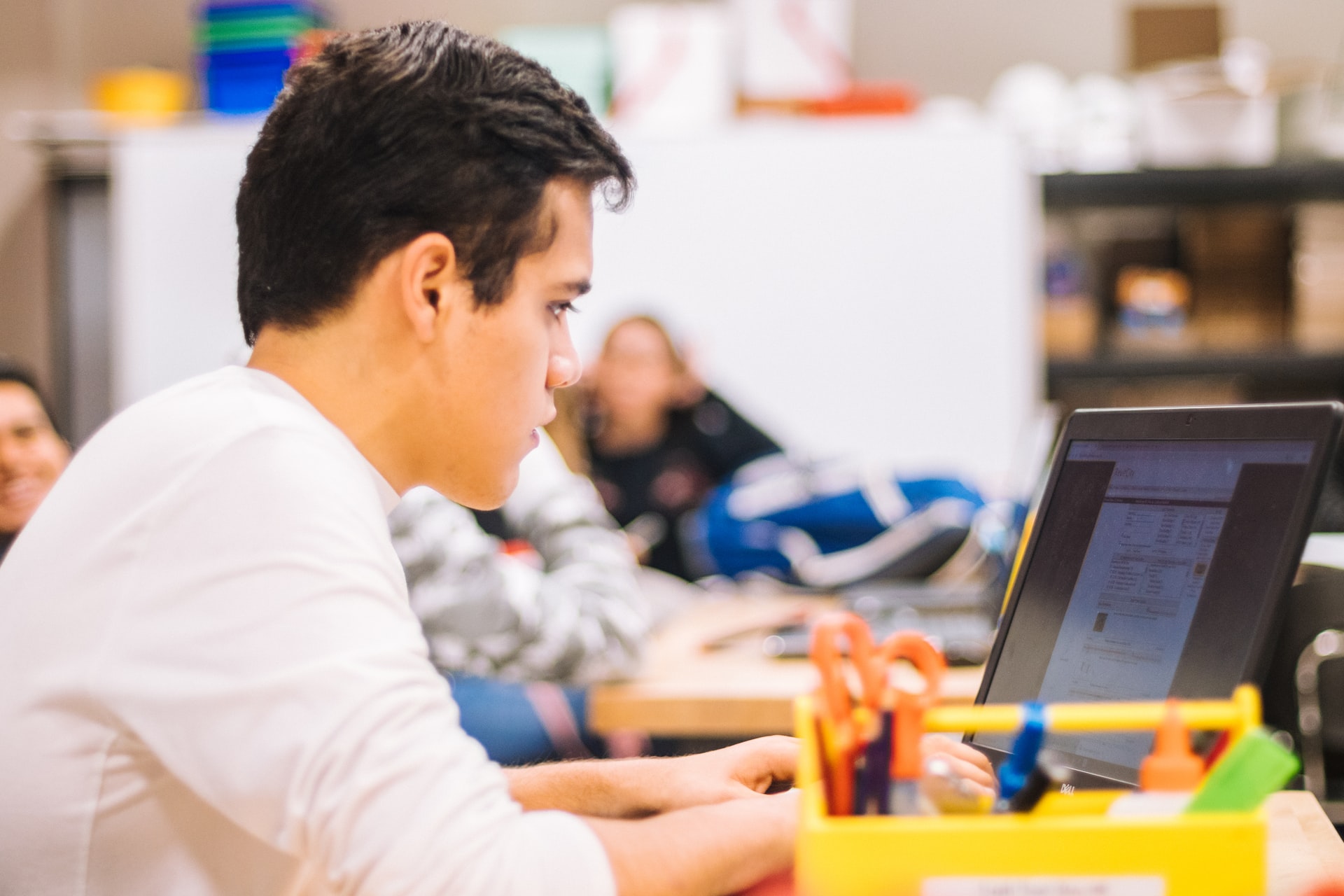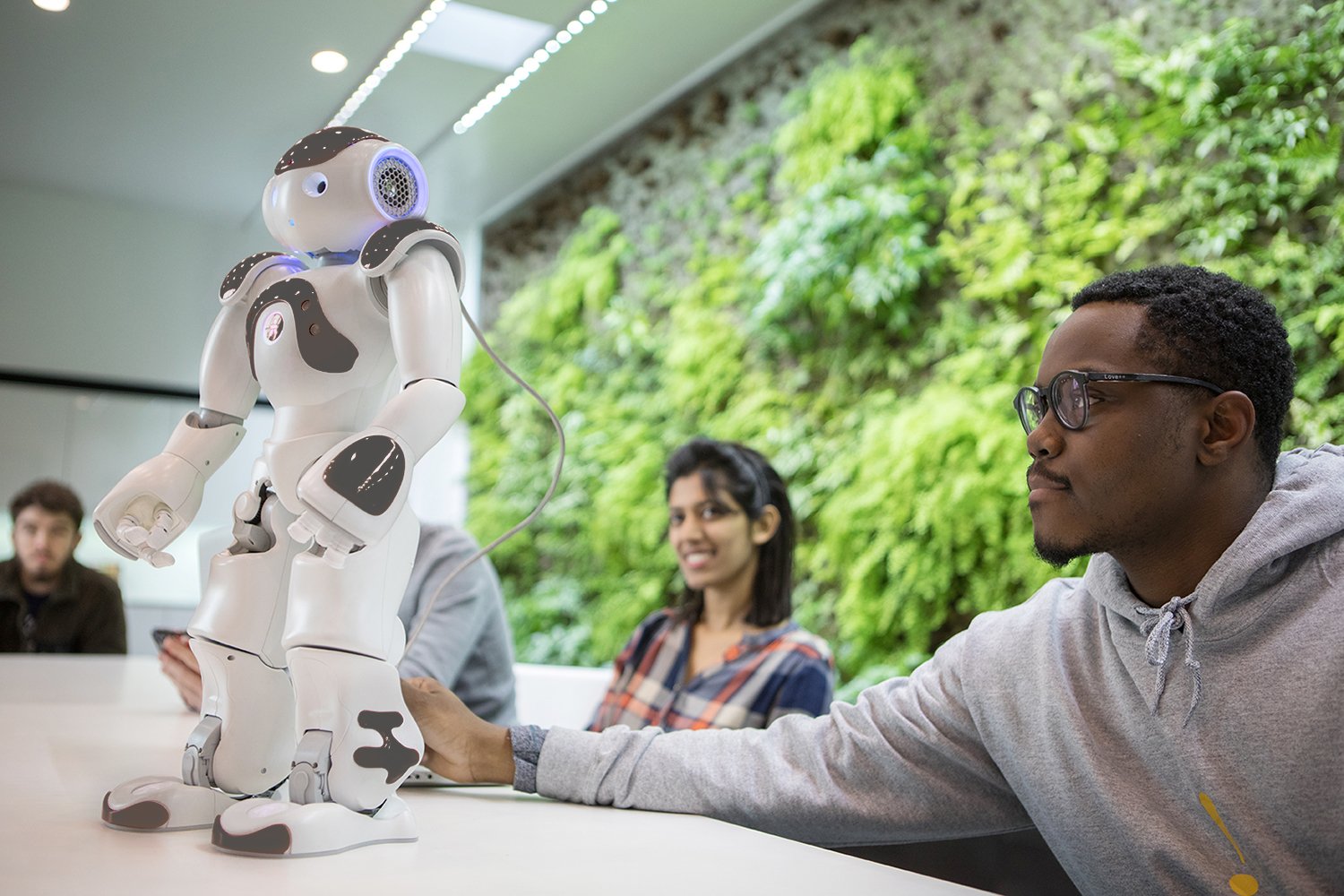By Fabricio Pamplona
 Photo by Jeswin Thomas on Unsplash
Photo by Jeswin Thomas on Unsplash
STEM is a crucial part of any student’s curriculum, right from the initial phase of their educational journey. In their formative years, the skills and knowledge gained by students are much more concrete and reflect in the way they approach their professional lives. Considering this, facilitating STEM learning requires educators and students to collaborate so that the learning experience can be successful and goal-oriented.
With the amount of information that students consume today, it is a great challenge for educators to create unique learning experiences. However, with the right tools and technologies, educators can truly create memorable STEM learning experiences that can help students learn and grow.
Here are a few ways in which you can transform how you teach STEM subjects to your students:
#1 Make Expert Guidance Accessible to Students
Providing students with the right guidance is considered Education 101, regardless of the school or teacher. With that in mind, it is important to understand that proper STEM training requires educators to take a lot of things into consideration. One of the main considerations here is to provide students with the guidance that they need, even if it is not their own.
As an educator, it is important to recognize when you need experts in the field to step into the teaching process. For instance, if you are trying to get students interested in the detailed concepts of physics, consider inviting a physicist who can shed light on the professional applications of the concepts that the students are learning.
Expert tip: Arrange video conferences, guest lectures, workshops, and such events to give your students a chance to interact with subject experts and professionals that they can be inspired by.
#2 Build the Necessary Infrastructure
The education provided at school is only as rich and advanced as the learning environment created for the students. You can explain the theoretical concepts of any topic within STEM with utmost adeptness, but without the right infrastructure, students will neither be able to practice it nor learn its application. If your goal is to facilitate high-quality STEM learning, then ensure that your school has an up-to-date infrastructure to support it.
Building the necessary infrastructure starts from having computers that are built to run functions that require high computational power. Having a fully equipped lab with the necessary hardware, along with computers that can run simulation applications, and statistical packages will also be a big stride towards achieving the necessary infrastructural capabilities.
Expert tip: The infrastructure you build can be limited but should address the needs of the students who are learning STEM.
#3 Utilize Visualization Tools
Visualization tools are great mediums for students to engage and have a more interactive learning experience. Visualization tools can help educators explain the most complicated concepts in a simplified way while helping students retain more information. According to research by the University of Minnesota, the human brain can process images 60000 faster than text, making it the ideal medium for education.
Some of the main visualization tools that can be implemented by educators include presentation tools and infographics. If you want to take it a notch further, you can even utilize tools such as 3D mapping, virtual reality, and augmented reality, based on the resources available to you. Moreover, you can also train students on how to make a good graphical abstract from an early age, as several academic journals now ask for graphical abstracts for paper submission.
Expert tip: There are many ways to enable visualization without technology, which can also be utilized in the process of creating the right STEM learning environment.
#4 Implement Flexible Classrooms
Gone are the days, when the basic requirement of a classroom was desks, chairs, and some basic furniture. Classrooms have now transcended from being brick-and-mortar rooms for learning to thematic learning spaces that can facilitate great education. You might have come across history teachers who transform their classroom themes to reflect the era they are teaching. The idea might seem quirky to some, but what it does is help students retain more information by giving them an environment where they can relate what they learn.
Similarly, for STEM students, classrooms do not need to be static. As an educator, you can try to keep the classroom flexible and integrate elements from the lesson that the student will be able to retain, relate to, and apply successfully. You can find creative ways to do up your classroom so that it reflects the lesson that the students are learning, creating a much more engaging learning process.
Expert tip: Have seats that can be adjusted, and adapt to what the students are learning, thus creating a better-equipped learning space.
#5 Integrate Gamification within the Learning Process
Gamification is a term that you have probably heard a lot lately, but have found little use for. All we can say is, you are not alone. While it is still in its nascent stages of application, gamification is rapidly becoming a K-12 trend now, owing to the myriad possibilities it offers. Math has been long associated with games and gamification due to its derivative nature. However, integrating gaming attributes, such as challenges, rewards, and experience points (XP), can be an interesting way to engage students in the learning process for all STEM subjects.
Moreover, setting up a lesson in the form of a challenge with levels wherein students progress based on the assessments they pass, are also great ways to promote excellence among students. Gamified learning experiences appeal to the inherently competitive nature that is so much higher in school students. If implemented appropriately, gamification can create unique learning environments and in-class experiences for students.
Expert tip: To make gamification truly effective, integrate storytelling elements like scientific infographics that your students will immediately recognize and relate to.
Takeaways
Creating the perfect learning environment requires a lot of hard work and diligence on the part of educators. Especially, when you are trying to build a better environment for STEM learners. Since these are the subjects that students usually have a lot of trouble learning, deploying creative ways such as the ones mentioned here could give you a major head start in equipping your students with the right skills for dealing with STEM subjects.
Discover more ways to transform STEM in schools with RobotLAB!

Author bio
 Fabricio Pamplona is the founder of Mind the Graph – a tool used by over 400K users in 60 countries. He has a Ph.D. and solid scientific background in Psychopharmacology and experience as a Guest Researcher at the Max Planck Institute of Psychiatry (Germany) and a Researcher in D’Or Institute for Research and Education (IDOR, Brazil). Fabricio holds over 2500 citations in Google Scholar. He has 10 years of experience in small innovative businesses, with relevant experience in product design and innovation management. Connect with him on LinkedIn – Fabricio Pamplona.
Fabricio Pamplona is the founder of Mind the Graph – a tool used by over 400K users in 60 countries. He has a Ph.D. and solid scientific background in Psychopharmacology and experience as a Guest Researcher at the Max Planck Institute of Psychiatry (Germany) and a Researcher in D’Or Institute for Research and Education (IDOR, Brazil). Fabricio holds over 2500 citations in Google Scholar. He has 10 years of experience in small innovative businesses, with relevant experience in product design and innovation management. Connect with him on LinkedIn – Fabricio Pamplona.


